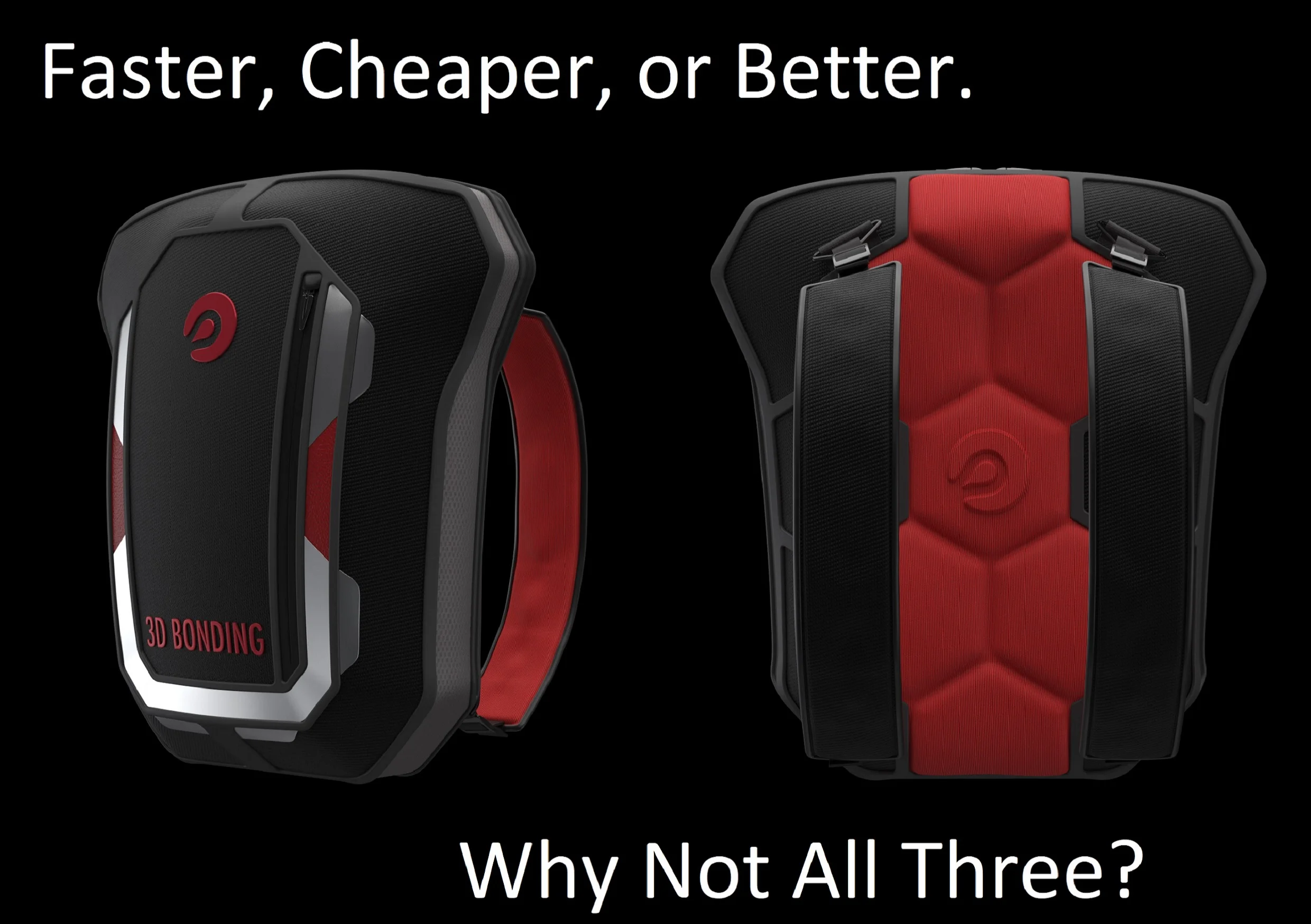Stylish Furniture Design Meets Innovative Fabrication Processes.
The furniture business is changing. Customized pieces that include a large component of high concept style and design are finding their way into more and more homes and businesses. For this article, we interviewed Margit Karin Aarset, Senior member of the team at AMATEC AS to understand how their clients are utilizing digital design and patterning to address these requirements.
Can you tell us a little bit about your company’s role in helping your clients achieve their business goals?
AMATEC AS is a service company that specializes in supplying equipment and expertise to the textile industry. We are active on a daily basis in efforts to acquire, develop and disseminate the best and most up-to-date design and manufacturing knowledge to our clients.
We continuously adapt our product and services to the rapidly changing needs of our community of manufacturers. This helps us ensure that we’re able to assist them with whatever types of technical expertise and training they require to succeed.
What is the typical design-to-manufacturing process for your clients?
It varies considerably from client to client, but a few themes appear to be consistent.
The process starts with a 1:4 scale model that is then scanned into 3D and used as the basis for both physical and digital prototypes.
Create a physical prototype of the piece at something less than full scale
Scan the prototype to get a 3D file
Open the 3D file in the CAD tool, make edits, scale it to full size, then output a new pre-production prototype
Use the drape-and-tape method on the pre-production prototype to create the initial 2D patterns
Digitize the initial patterns into Gerber AccuMark 2D and add pattern features
Iterate on the pattern until it's right (Cut, Sew, Fit test, Repeat)
Why have they decided to change/enhance their process?
It comes down to time, cost, and the ability to create truly innovative designs. The legacy process limits them in several steps because of the manual effort involved. In a recent case, our client completed a couple prototypes and then decided, for aesthetic reason and based on initial client feedback, that they needed a design change. That meant they basically had to start over. There’s only so much of that that they can do and still stay competitive.
What led you to believe that digital patterning could help them improve their process and/or profitability?
By using ExactFlat in conjunction with AccuMark, our clients are looking at saving days and sometimes weeks in the production process. In one case, we were able to quickly demonstration the advantages of the digital patterning process
we cut about 2 days of drafting effort and about a week of “waiting” since the initial patterns were created directly from the 3D file that’s already used to create the full scale prototype.
we eliminate all of the time they used to spend creating draft patterns with the “tape and drape” process.
we also removed the digitizing effort and potential errors that used to occur when converting the draft patterns to DXF
The digital pattern files created with ExactFlat were excellent, better in some areas than the digitized drafts. And we were able to import them directly into AccuMark where we added pattern features like seams, and notches, and then moved on to production.
What surprised you and/or your client about the digital patterning process?
Again, it’s different with each account but there were two things that stood out. Flexibility, and I’ll call it simplicity.
In some cases the design and technical patterning teams are different people, maybe even at different sites. YuniquePLM helps manage the collaboration but sometimes important information like seam location or material type are left out.
With ExactFlat we were able to make some assumptions and keep the process moving forward. The resulting patterns were amazingly accurate. Just a little tweaking in AccuMark and we were ready to cut.
The other pleasant surprise was in the way that the digital process fit seamlessly into the existing workflow.
Start with the the 3D model (which they already had)
Generate the pattern with ExactFlat (which took about 15 minutes)
Add pattern features and produce a final cutter-ready marker with AccuMark (which they were already used to doing. Now it just happens 5 to 10 times sooner.)
Any final comments you want to share?
I have been in this business for almost 20 years. One of the most important things that I’ve learned in that time is that you have to find ways to “future-proof” your business. An example of this is adding new technologies and process like the transition to digital patterning that we’re seeing more and more of these days. The effort to get started is nominal and the benefits are dramatic.
Get Started today
Learn more about how your business can begin benefiting from the advantages of digital patterning. Click on the link below to set up a time to speak with one of our experts. To contact Margit at AMATEC directly with questions please send email to margit@amatec.no











